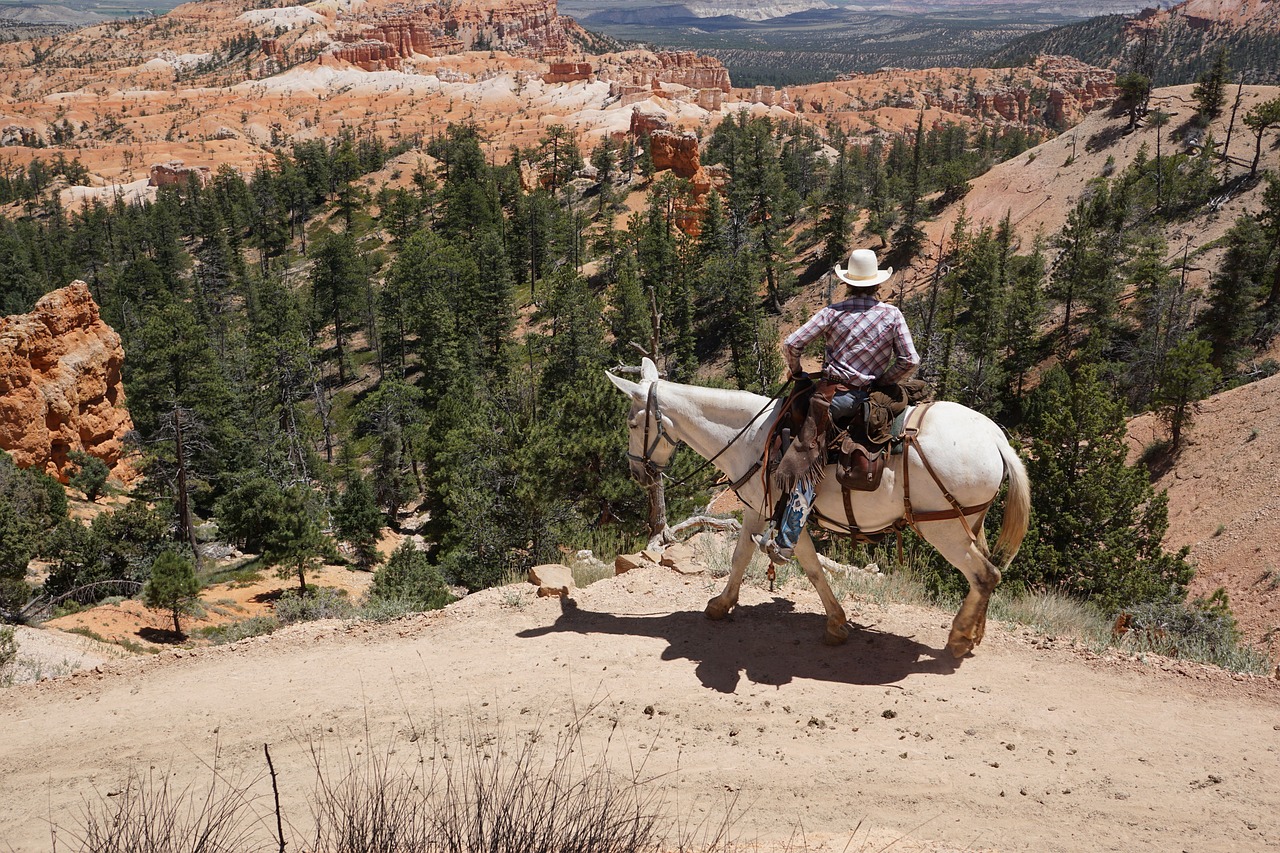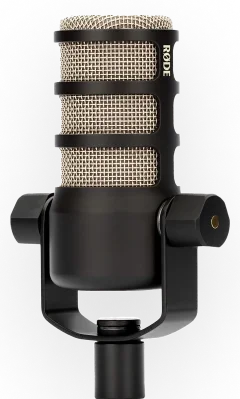ICYMI: Podcast Advertising - The Safest Bet is now live and free for all. The free compilation combines the “greatest hits” of Sounds Profitable research into one document for podcasting to make its case to prospective buyers, internal teams, or anyone else who needs convincing that podcasting is The Safest Bet.
I just had a nice, close, clean shave. I didn’t cut myself once. It was, dare I say, a pleasurable experience. And it got me thinking about Wilford Brimley. I’m sure you remember Wilford Brimley. If you are Internet-years-old, this is the guy you are thinking of:
Even more people know him as the star of Cocoon, which was the basis of this, also Internet-famous comparison:
Wilford was 50 when he made Cocoon; Cruise today is somewhere between 61 and 6001. Hard to tell. This comparison is often trotted out as an example of how we are all living longer and aging better than we used to. But I can tell you something else about this picture: both men are wearing lots of makeup, and one of them has had some work done. Good work, but work nonetheless. Hint: it isn’t Wilford.
I mention this because I want to talk about where the biggest growth opportunity lies for podcasting. In the last five years, thanks largely to YouTube and Spotify, podcasting has grown enormously with younger Americans, particularly 18-34s. In last year’s Sounds Profitable study, The Medium Moves the Message, we learned that the overall reach of podcasting with 18-34 year-olds was nearly equal to that of television and catching up to AM/FM radio. A lot of agency people I presented this to over the past year were surprised by this – we often talk about podcasting as an engagement medium, but if you are trying to reach young Americans, you can reach them at scale with podcasts as well.
This is not what should stand out to you the most from this slide, however. No, if you are like me, your eyes are drawn to the right side of the graph, which shows the significantly smaller reach of podcasting with Americans 55+. And this is a conversation I have with a lot of publishers – if you want to grow your audience, you can either try to be an existing podcast listener’s 6th favorite show, or you can try and create a new podcast listener. If you opt for the latter, the math is pretty obvious – they are going to be older.
There is no question that the biggest growth opportunity for podcasting is 55+ – and to some extent, it’s going to happen organically as existing listeners age into the demographic. But if we really want to grow podcasting as a medium, we have got to start attracting and retaining older listeners – it’s the great blue ocean of new potential for podcasting.
To do that, however, we have to talk about the great elephant in the monetization room – the relative lack of interest on the part of advertisers in marketing to the 55+ demo. This continues to perplex me. I am often asked to provide sales teams with “25-54” numbers of our data for buyers, the top end for such requests. I am never asked to provide 55+ numbers except for the most specific requests. Yet so many brilliant content producers are 55+, as are some of the TOP sellers in podcasting! Walk into a brand team meeting at an agency, however, and you’ll very likely see the same picture: a room full of 25-34 year-olds with an older manager. This is less about overt ageism and more about the churn of agency life. It’s a tough business.
Now, before you accuse me of being ageist myself, I am not suggesting that younger professionals are somehow unable to do the work of marketing to the 55+ demo. What I would say is that pushing back against stereotypes and advocating to brands that the 55-74 demo also sleep on mattresses and order food and have even more money to do so has been a slow process and maybe not the first inclination a brand team has.
This is where podcasting could actually take a leadership role – thanks to our long (well, in pod years) history of direct response/performance marketing. Whether a brand is focused on 55+ or not, a podcaster who knows how to talk to older listeners can sell a mattress to older listeners, and promo codes don’t lie. Rather than wait for the day when buyers ask me for our 65-74 numbers, podcasting can, today, wrap its big ole’ arms around older listeners, talk to them the way they want to be spoken to, and sell them things, with performance metrics being the proof in the pudding. Make that happen enough, and the brand dollars will follow. That’s capitalism, folks.
Rather than trying to make podcasting a “young” medium, we actually have the opportunity to make podcasting the discovery medium for the curious, regardless of age, and to market to older listeners for whom age is nothing more than a level-up in the game of life. So how do we do that? It’s simple – talk to them and learn about their interests. News flash: it isn’t retirement funds. I recently turned 55, the year that I fall off the rolls of advertising interest, and I’ll spare you the “I feel better than ever” business to tell you this: at this age in my life, I have two things: a desire to make things around me better, and more money to do so than I did at 35.
If I could sum up my current capitalist impulses in one sentence, it would be this: “Why am I still putting up with this?” When I was younger, I put up with a lot of things that I really didn’t know any better about. Like shaving. For over 30 years, I shaved with a disposable razor that contained a cartridge with an ever-increasing number of blades (five, the last time I used one.) Disposable razors and cartridges suck. You know this. I know this. They are the printer/toner scam, but for your face. The handle is cheap – and then you are doomed to a lifetime of throwing out cheap plastic all in the name of convenience and the dubious value of a “close shave,” which for these medusa-bladed monstrosities really just means an irritating one.
Last year, 55-year-old Tom said to himself, “Why am I putting up with this?” So I bought myself a nice heavy metal safety razor, a box of a thousand sharp blades, and spent on some fine British shaving cream. Today, I shave the shave of champions. Every stroke brings a satisfying, nick-free swath of smooth skin. I am reducing, reusing, and recycling. I compost the used blades to fertilize my garden. I make razor-blade beer while listening to razor-blade vinyl records. I will brook no further inconvenience regarding my face or its depilation. A crappy shave is a thing with which I will no longer put up.
This is how you talk to a 55+ listener. You make their lives richer, better, and a little more interesting. And you introduce them to products that make them ask themselves, “Why am I putting up with this?” You treat them not as elders but as Mages, Paladins, and Wizards who have achieved a higher level because they have fought more dragons. You treat them like Wilford Brimley.
Let me tell you something about Wilford Brimley in that Cocoon photo above. He always played older than he was – because that man did some livin’. He was 25 years younger than the rest of the elderly cast members in Cocoon but was heavily made up to appear much older. He was 50 but made up to look 75. Wilford Brimley was a Marine. He dropped out of high school at 14 to become a cowboy. Yes, an honest-to-God Jimmy-from-Yellowstone cowboy. He was a ranch hand, a trick rider, and eventually, a Hollywood stuntman before he even started acting. That man did some living. You want to reach 55+? Talk to them like they are THAT Wilford Brimley.
And lest we forget:
New Partners
Sounds Profitable exists thanks to the continued support of our amazing partners. Monthly consulting, free tickets to our quarterly events, partner-only webinars, and access to our 1,800+ person slack channel are all benefits of partnering Sounds Profitable.
-
YouTube - As the leading platform for podcast discovery, YouTube invites you to join their vibrant community of podcast creators, and explore tools to help grow and build your community.
-
Introcast.io helps podcasts to grow and earn extra revenue through sponsored cross-promotions using the novel introcast format.
Want to learn more about partnership? Hit reply or send us an email!



















































































































































































































